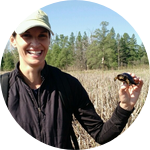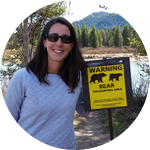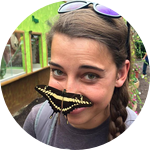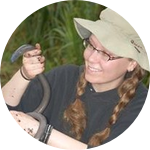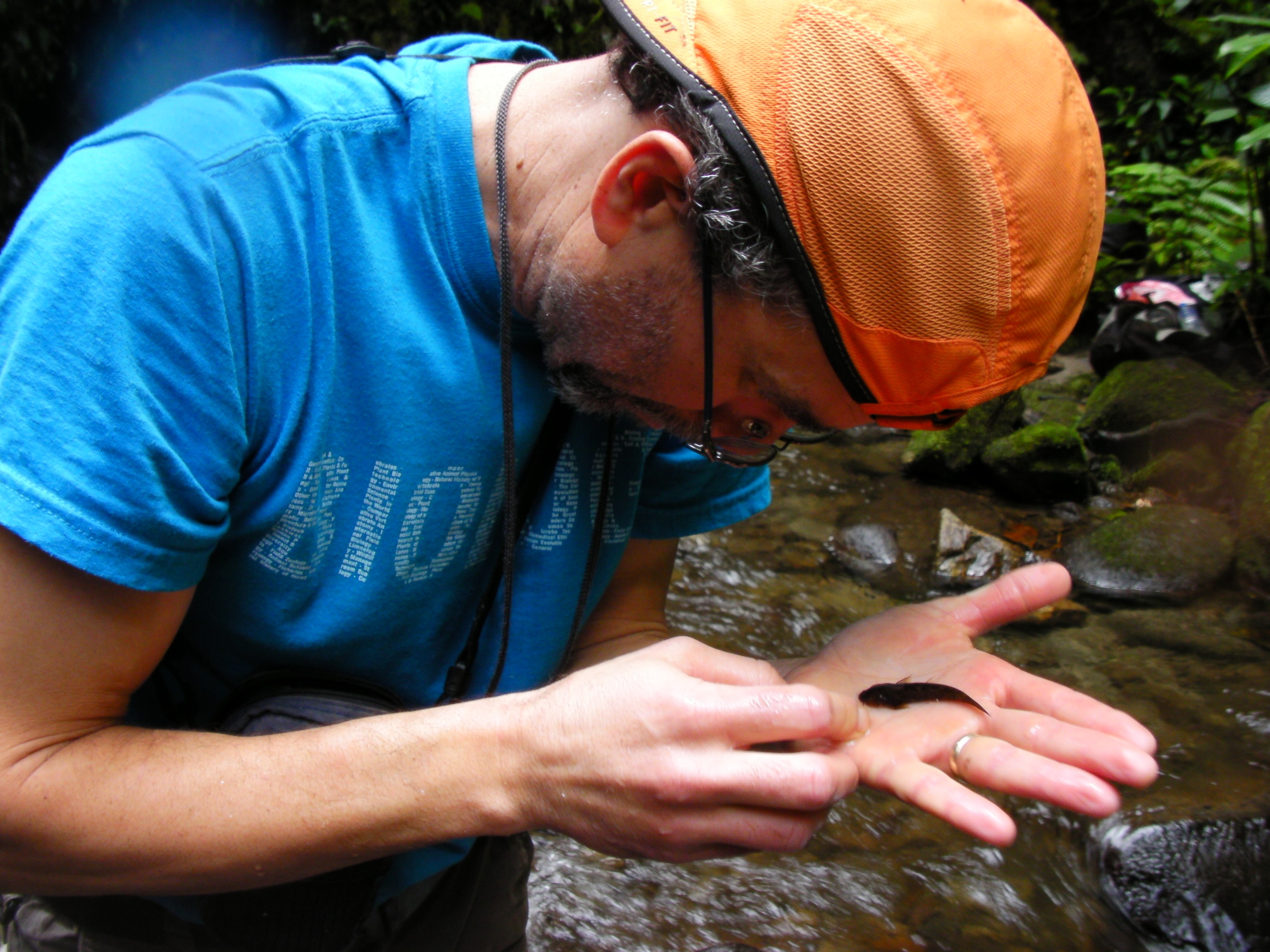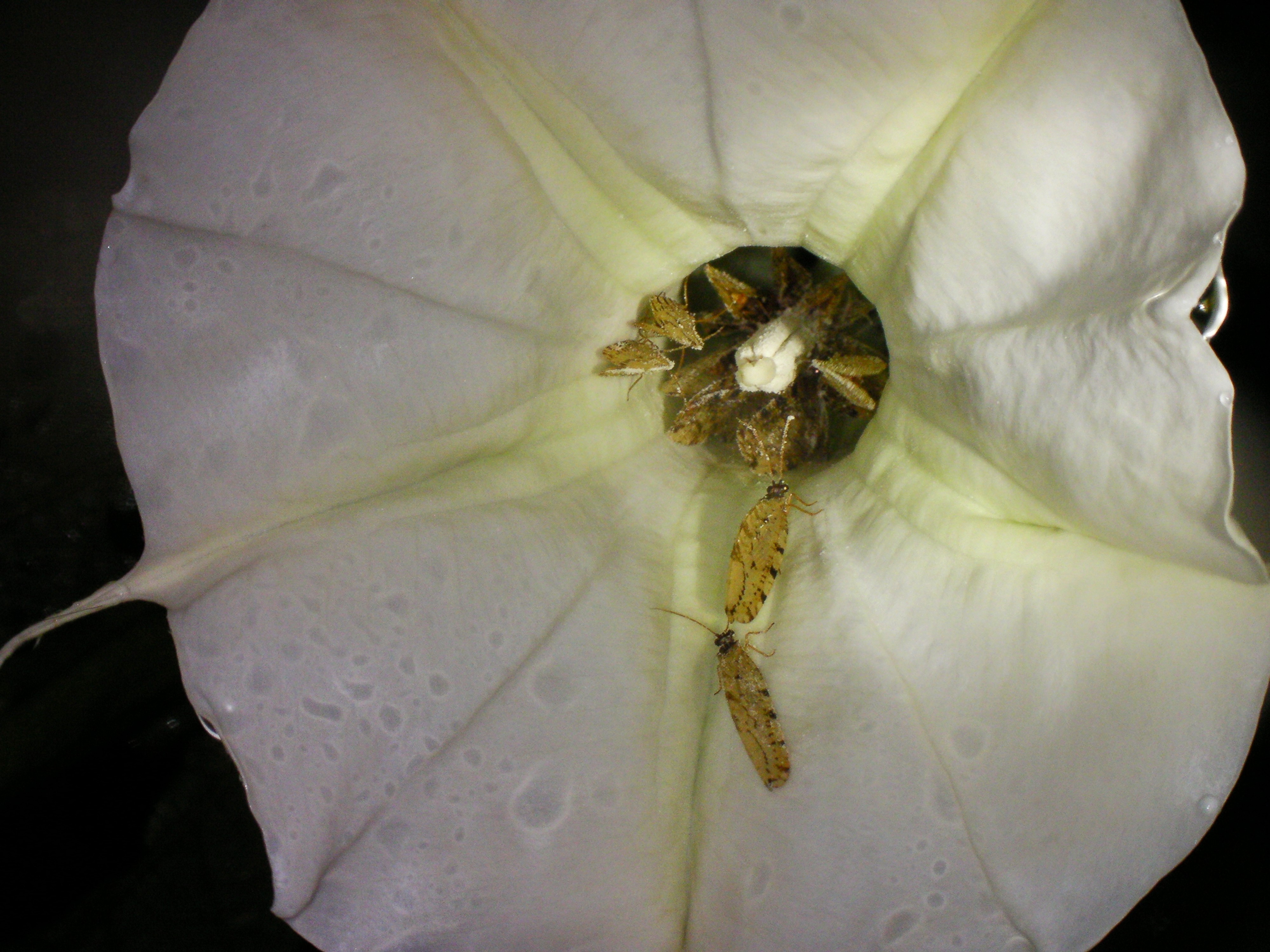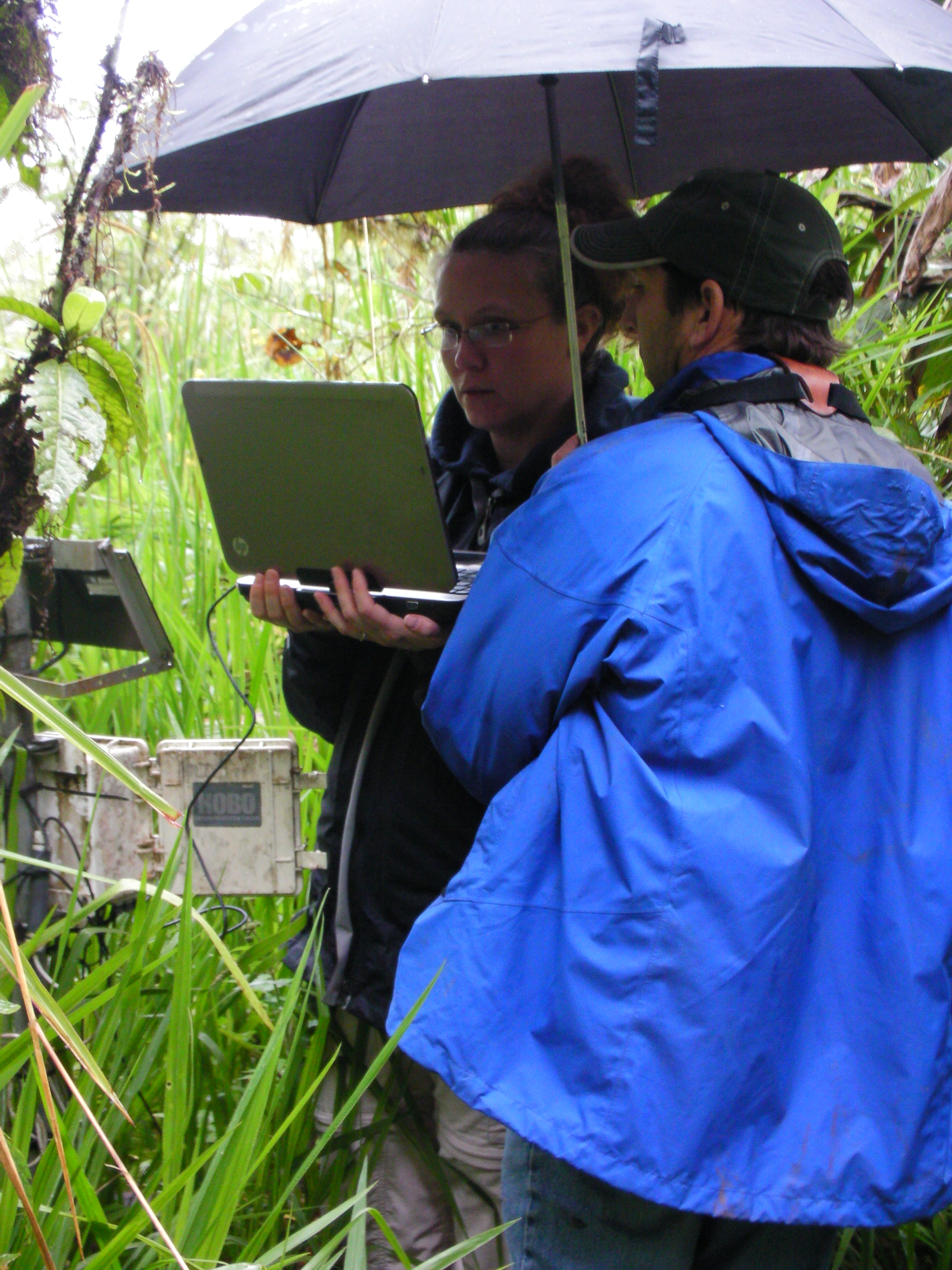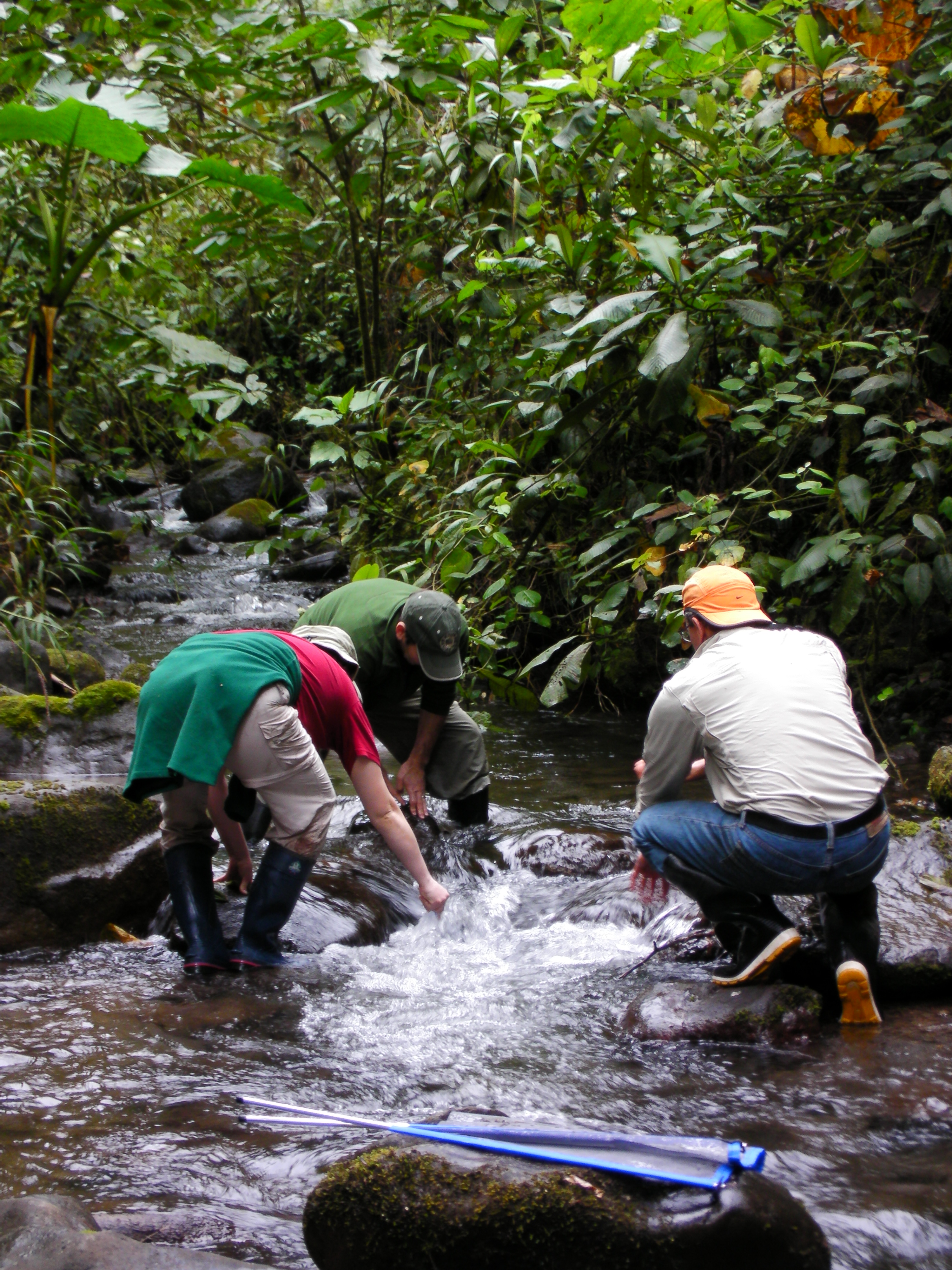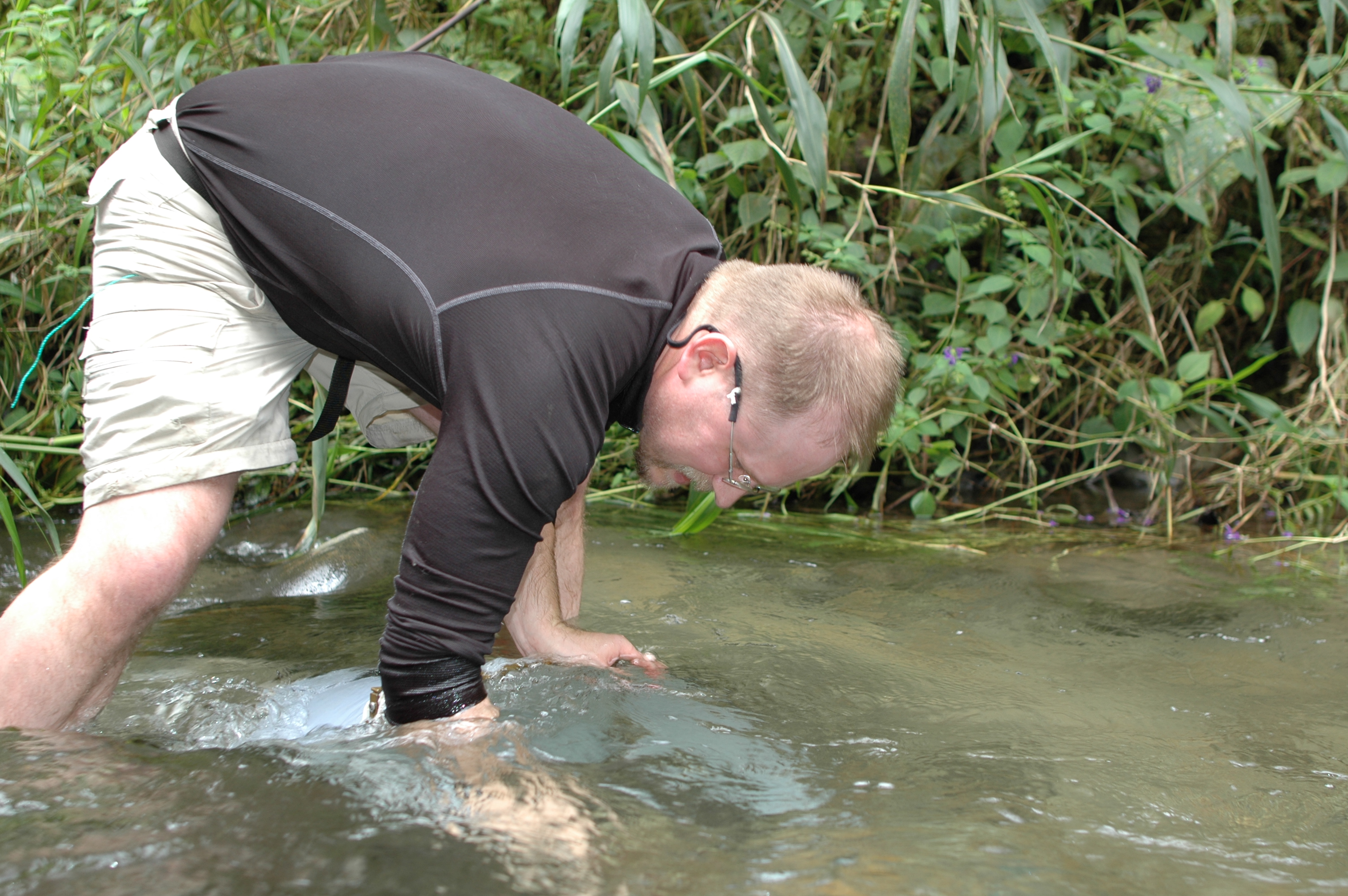Project Results
Background/Question/Methods
Rainbow trout (Oncorhynchus mykiss) have been repeatedly introduced into Ecuadorian streams since the 1920’s. The introduction of non-native trout can have profound effects on stream communities by means of nutrient enrichment and also by competing with native taxa. However, how non-native trout affect stream microbial communities and their associated function is largely unknown. To address this issue, we examined the association of the stream bacterial community structure with organic matter decay (function) and environmental variables among stream sites with (Trout) and without trout farms (NoTrout). We deployed cotton strips at 5 Trout stream sites and 5 NoTrout sites (20-29 day incubation). Bacterial communities were collected from cotton strips via standardized swabbing upon strip retrieval. We assessed bacterial community composition with Illumina™ (MiSeq) sequencing of the 16s rRNA gene region (V4) of bacterial DNA. Organic matter decay was assessed as percent loss of cotton strip tensile strength per degree day and utilized as a measure of stream bacterial community function. We compared bacterial community alpha diversity (richness and inverse Simpson index) and beta diversity between Trout and NoTrout stream sites. We used non-metric multidimensional scaling (NMDS) to explore bacterial community structure as related to environmental variables and organic matter decay.
Results/Conclusions
NMDS ordination displayed a pattern along NMDS axis 1 indicating a difference in bacterial community composition related to trout farming between sites. Furthermore, stream characteristics that are often altered by trout farming were correlated with NMDS axis 1 (pH: r = 0.69, p < 0.001; total dissolved solids: r = 0.59, p < 0.001; dissolved oxygen: r = 0.48, p = 0.004; and percent canopy cover: r = 0.83, p < 0.001). However, the rate of organic matter decay was not correlated with the NMDS. Bacterial taxonomic richness and diversity did not differ between Trout and NoTrout sites and the pattern observed in the NMDS ordination was not supported by permutation-based analysis of variance which indicated no significant effect of trout farming on bacterial community structure. Further research utilizing additional sites is needed to determine if and to what extent trout farming affects stream-associated bacterial community composition and function.
Preliminary assessment of stream bacterial community structure and function as related to trout farming in the Ecuadorian Andes
Katherine L. Krynak, Edward M. Krynak, Dana G. Wessels, Jane A. Lyons, and Eric B. Snyder
Poster
About This Project
Introduced rainbow trout can have profound effects on the chemical and biological characteristics of temperate streams including increased nutrients and species extirpation. How these non-native fish impact the unique cloud forest streams of Ecuador is unknown. We will examine the effect of trout on water chemistry, macroinvertebrate communities, and functional processes of several cloud forest streams to better inform management and evaluate and prevent possible degradation.
Ask the Scientists
Join The DiscussionWhat is the context of this research?
Rainbow trout (Oncorhynchus mykiss) were introduced into Ecuador in the 1920’s and the 1960’s (Crawford and Muir 2008). Even today, the Ecuadorian government is encouraging rainbow trout hatchery programs (Vimos et al. 2015, MAGAP 2016). Trout farms can have a detrimental effect on streams and their biota through the release of pathogenic bacteria, chemicals/antibiotics, and nutrient enrichment from trout excrement and food wastes (Stewart et al. 2006). Furthermore, non-native trout can have repercussions throughout the stream ecosystem by altering the food web from algae to fishes (Baxter et al. 2004, Vimos et al. 2015) and even disrupting the forest ecosystem through reduction in terrestrial invertebrates and amphibian species (Gillespie 2001, Baxter et al. 2004).
What is the significance of this project?
With the growth of the human population and increasing global change, streams throughout the world are suffering. The need to understand how stream ecosystems respond to our influence is desperately needed now, so that we can respond with educated management decisions before habitat and biotic loss is unrecoverable. The urgency of this research is even more prevalent in the species-rich Ecuadorian cloud forests. This research will help us to understand the role introduced rainbow trout play in ecology of mountain streams of Ecuador. In addition, this research will support and be coupled with research exploring the effects of introduced trout on disease susceptibility, abundance, and distribution of glass frogs, a species that are rapidly disappearing throughout the Neotropics.
What are the goals of the project?
We will be quantifying and comparing the chemical, physical, and biological condition of a minimum of 5 stream reaches above and below rainbow trout farms in the cloud forests of Ecuador. At each site we will collect water samples for chemical analysis and macroinvertebrates for community analyses. In addition, we will be measuring organic matter decay by deploying cotton strips and then analyzing them for loss in tensile strength (Tiegs et al. 2013). Funds from this grant will go towards the cost of collecting and analyzing the samples. In addition, the knowledge gained through this study will be used in a parallel study that is exploring the abundance and distribution of glass frogs and their susceptibility to disease.
Budget
The budget items are for the nuts and bolts of this project. Water samples will be analyzed for 6 forms of nitrogen (ammonia, nitrate-nitrite and total nitrogen) and phosphorus (soluble reactive phosphorus, total dissolved phosphorus and total phosphorus) using standard lab procedures in a lab located in Ecuador. Ethanol will be used for both invertebrate sampling and cotton decay strips. For the invertebrates sampling, ethanol is used as a preservative. For the cotton strips, ethanol is used to halt and prevent further decay of the cotton once they have been removed from the stream.
Results from these analyses will also be used in support of another project that is being run in parallel to this project. The parallel project (funded by a Fulbright Early Career Fellowship) will be exploring glass frog abundance, distribution, and susceptibility to disease along the same stream reaches as our samples.
Endorsed by
Meet the Team
Affiliates
Dana Wessels
I am a graduate student at Grand Valley State University earning my Master's in Biology with an emphasis in Aquatic Science. I graduated in the Spring '16 from Cornerstone University in Grand Rapids, MI with an Environmental Biology major and a Spanish minor.
I have been to Ecuador on two occasions (study abroad and a summer internship) and I am so excited to have the opportunity to return to complete my graduate research! I absolutely love the natural beauty and culture of the country.
Edward M. Krynak
Currently, I am a PhD candidate at the University of Western Ontario, Canada. My present research utilizes aquatic macroinvertebrate taxonomy and functional traits to assess if community patterns are associated with the amount and location of anthropogenic land use within agriculturally dominated Southwestern Ontario watersheds. My passion for freshwater ecology extends far beyond Ontario. My involvement with the Las Gralarias Foundation (lasgralariasfoundation.org) in Ecuador has lead to my desire to learn more about the ecology of Neotropical streams. As I continue in academia, I will maintain my collaboration with the other authors on this project, along with new graduate and undergraduate students, to continue research in the streams of this fascinating part of the world.
I have a degree in Natural Resources from The Ohio State University, a Masters of Arts in Teaching from Kent State University, and a Masters in Science from Grand Valley State University in Michigan. I will be completing my PhD at the University of Western Ontario in the spring of 2017. At Grand Valley State I studied aquatic invertebrate assemblages within the most common mesohabitats of a sand dominated stream. I have presented numerous times at scientific conferences and I am currently working on preparing my PhD research for publication. In my previous lives I was a park naturalist for Lake Metroparks in northern Ohio and a high school science teacher for Gateway Alternative School, Caldwell County North Carolina.
Katherine L. Krynak
I am an Assistant Professor of Biology at Ohio Northern University, conducting research that integrates field and molecular methodologies and introduces students to the multifaceted field of conservation science.
Through my research efforts I hope to improve our understanding of the role anthropogenic environmental change plays in depressing wildlife's ability to resist pathogen infections. This spring, with support from the Fulbright Early-Career Fellowship, I will be assessing whether the presence of introduced, non-native trout alter skin-associated microbial communities of the native glassfrog species in the Mindo region of Ecuador. Working with local community members and farmers, we hope to improve our understanding of potential problems associated with the trout farming practice while assessing ways to minimize negative effects and protect the this fragile cloud forest ecosystem.
Eric B. Snyder
My research interests in stream ecology include energy flow and nutrient dynamics, periphyton, macroinvertebrate and fish ecology, and aquatic restoration ecology. Research projects include large river restoration in the Pacific Northwest where I examined the role of dam-induced nutrient limitation on food web dynamics of white sturgeon, as well as the role of floodplain connectivity on juvenile pacific salmon survival. Over the last 14 years I have worked in Michigan and have conducted grant-funded research to look at the relative success of road-stream crossing improvements and dam removal on substrate, channel form, primary production, and macroinvertebrate and fish community structure and function. Additional research projects have involved stream food web analyses in Ecuador, Alaska and Michigan using stable isotopes, habitat selection of rainbow trout in Idaho, river water quality in Ecuadorian cloud forest streams, and nutrient limitation using artificial nutrient diffusing substrata above and below fringing floodplain wetlands. I have collaborated with and mentored 17 graduate students and 25 undergraduate students on independent grant funded research projects.
I received a BS degree in Biology and Chemistry from Manchester College, Indiana, a MS degree in Aquatic Sciences from Central Michigan University in 1996, and a PhD in Zoology from Idaho State University in 2001. I completed post-doctoral research with the University of Montana’s Flathead Lake Biological Station in 2002 and have been serving as a Professor in the Biology Department at Grand Valley State University since this time conducting and publishing research and teaching classes in aquatic science, stream ecology, aquatic ecosystem management and evolutionary biology.
Additional Information
This is a video of a damsel fly larvae, family Polythoridae, found in a small, fast flowing stream of the cloud forest. This family has a unique feature among damselfly larva, they have ventral abdominal gills. See if you can spot them in the video. https://goo.gl/photos/qTxxbN5v...
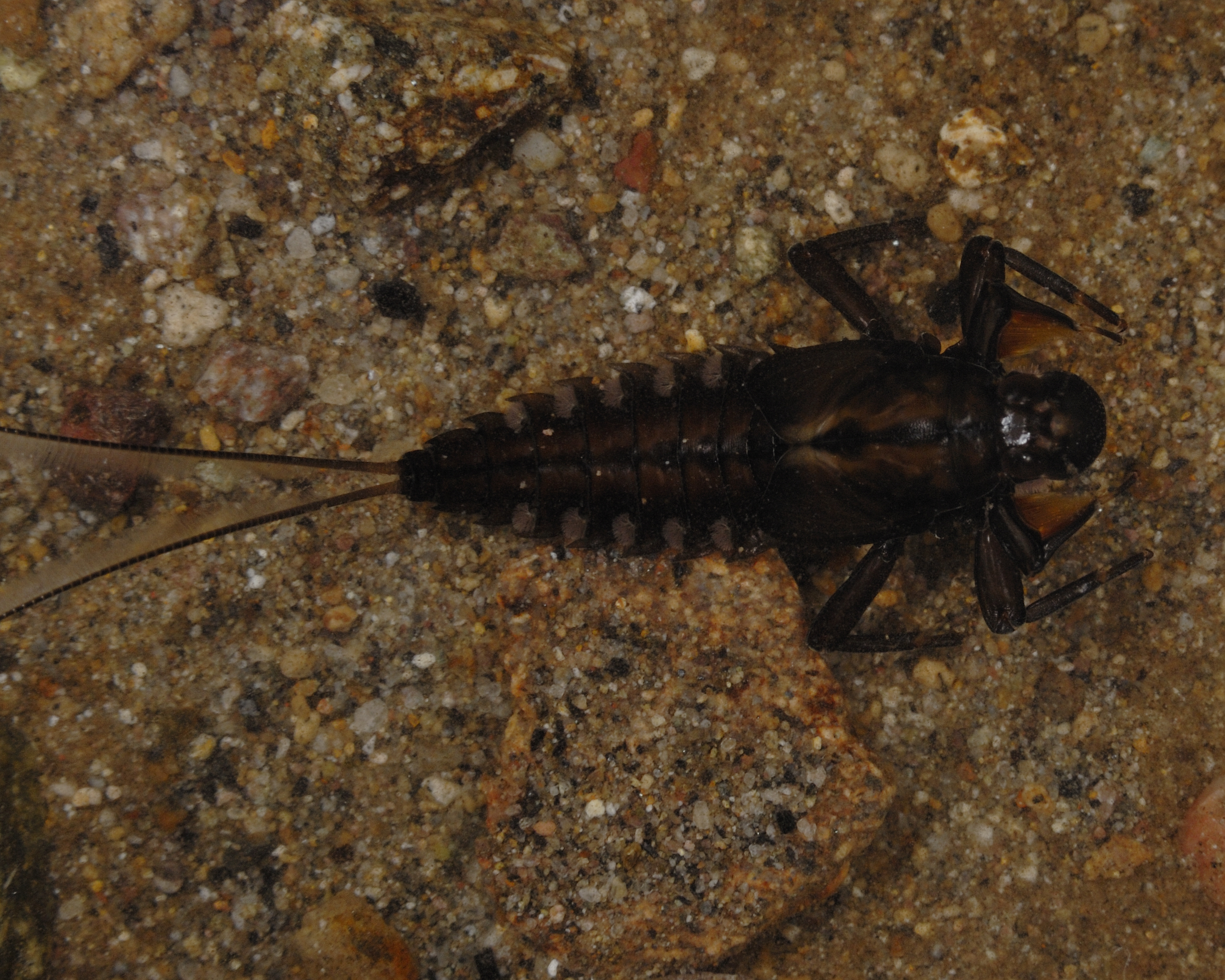
Project Backers
- 62Backers
- 112%Funded
- $2,842Total Donations
- $45.11Average Donation
